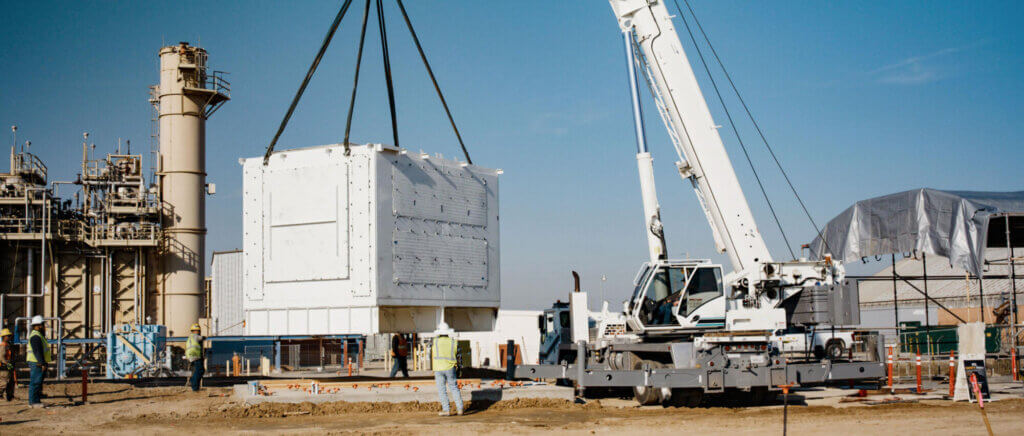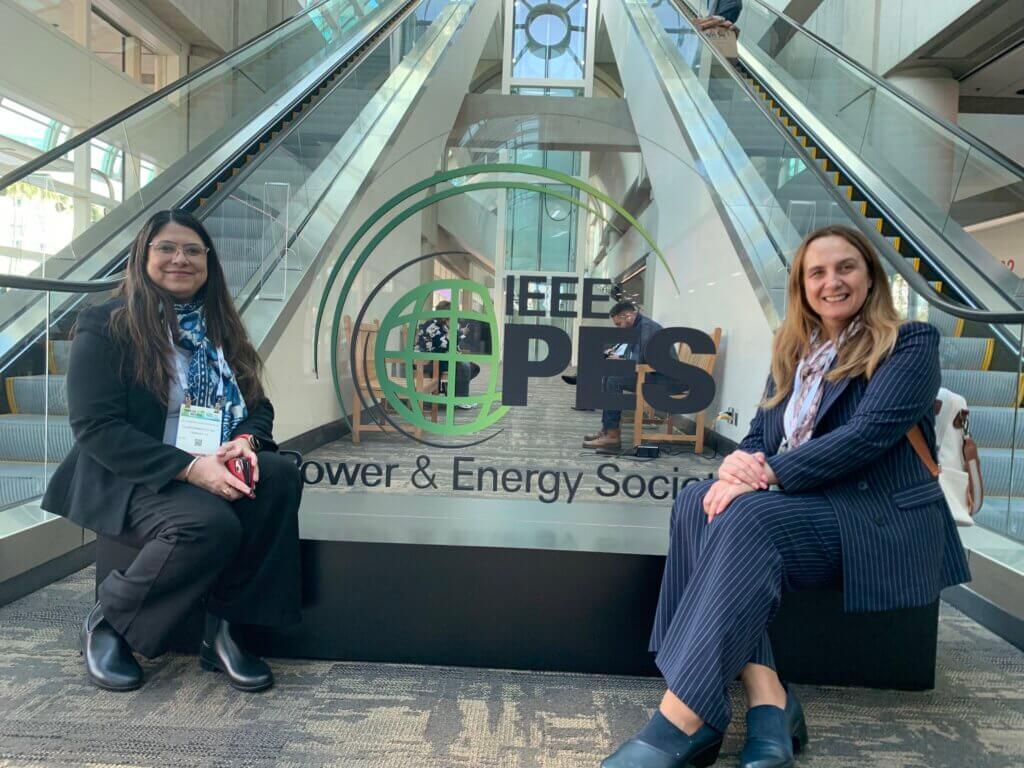
CSE x NEX California Webinars
Scaling Clean Energy Innovations
Knowledge, Tools & Best Practices for Startups
NEX California has partnered with the Center for Sustainable Energy (CSE) to launch a new quarterly webinar series empowering early-stage clean tech entrepreneurs. Designed to accelerate innovation, this series delivers expert-led insights, actionable tools, and best practices across critical areas. The series will cover topics key topics in energy resilience, permitting, policy, climate action planning, and community engagement. Join us to gain the knowledge and connections needed to drive sustainable solutions forward.
Join us for exclusive, invite-only webinars, reserved for California’s top clean energy innovators. This series is designed to supercharge the success of CalSEED and CalTestBed awardees, as well as other awardees from our REIC partners (Bluetech Valley, Activate, Cleantech San Diego, and LACI). This is your VIP opportunity to connect with key players, leverage expert knowledge, and position your technology for rapid deployment.
Upcoming Webinars
Dates will be posted on a rolling basis.
1 Community Engagement “101”
Equity is a central part of the CalSEED program, with a strong focus on inclusive community and development of equitable energy solutions that positively impact vulnerable populations. CalSEED entrepreneurs must consider how their technology could create economic opportunities, increase access to clean energy solutions, reduce energy and pollution burden and improve the resiliency and reliability of electricity services. When developing and deploying clean energy technologies in disadvantaged and low-income communities, it is crucial that organizations collaborate with those communities to better serve them.
2 Climate Action Planning and GHG Inventories - Nov 18th
Date: Tuesday, November 18, 2025
Time: 1:00 PM – 2:00 PM (Pacific Time)
Location: Virtual
A key driver of the deployment of clean energy technologies is to mitigate the impacts of climate change, and more specifically, reduce greenhouse gas (GHG) emissions. To reduce GHG emissions in an impactful and strategic way, it is important to first understand the existing GHG emissions context for a baseline year, including Scope 1, 2 and 3 emissions sources. The goal of climate action planning is to develop a comprehensive understanding of the current, business-as-usual, conditions, set reduction goals and then identify and deploy emissions reduction measures.
3 How to Plan for and Implement a Microgrid – A Case Study
Wildfires are a growing threat to California communities, and while “wildfire season” is not a new concept for the Golden State, wildfires are becoming larger and more destructive year over year. The Santa Rosa Junior College, a 100-year-old community college with a 100+ acre campus serving over 60,000 students annually, is in wildfire-prone Sonoma County which experienced the impacts of wildfire firsthand in the 2019 Kincade and 2020 Glass fires.
This webinar, presented by CSE’s Senior Engineer Christopher Vogel, will provide a case study on the flexible, fully renewable urban microgrid installed on the SRJC campus. The microgrid is made up of three different kinds of distributed energy resources (DERs) including electrochemical battery storage, solar photovoltaics and load management devices, and it supports over 20 campus buildings. CSE was involved in the planning, design, construction and measurement and evaluation of the microgrid system and will share lessons learned and best practices for installing a microgrid in California.
4 Energy Storage Permitting Lessons Learned in California
Energy storage systems can offer relief to an overburdened utility grid and provide users with lower energy costs and backup power in an outage, but installing these behind-the-meter (BTM) energy resources can be challenging due to lack of uniform local permitting and approval processes. To address this obstacle, the California Energy Commission funded the development of an Energy Storage Permitting Guidebook (Guidebook) to help California local governments to adopt standardized, streamlined procedures to expedite installations across the state.
CSE’s Demetra Tzamaras, a Distributed Energy Resources (DER) Senior Manager who manages the Storage Guidebook project, will deliver a webinar to provide findings and best practices uncovered during the development of the Guidebook. This webinar will provide CalSEED participants with tools to navigate the energy storage permitting process and strategies to improve their coordination with authorities having jurisdiction (AHJs). It will also provide insight to the trainings available for navigating code compliance and fire safety with respect to energy storage systems.
5 California Energy Policy Basics for Entrepreneurs
Public policy influences the opportunities and challenges for emerging clean technologies by setting goals and priorities, establishing market rules and regulations, and providing funding and incentive programs. Therefore, it is important to understand the major actors, venues, and processes involved. This webinar will provide a high-level overview of the energy policy landscape in California focusing on general policy trends, roles and responsibilities of various state agencies and local jurisdictions, and example decision processes.
CSE’s Policy and Regulatory team will deliver the webinar to provide expertise on how to traverse policies to best guide professionals in the clean energy field. Rather than dive into specific policies; however, the intention with this webinar is to share tools with the CalSEED cohort to allow them to navigate California’s energy policy landscape with confidence. Providing insight into these processes may help entrepreneurs build a skillset to stay apprised of policy decisions and trends, while staying active in the conversation as concerned stakeholders. Resource links to key regulatory and legislative entities and relevant documents will be shared with attendees throughout the webinar presentation.

